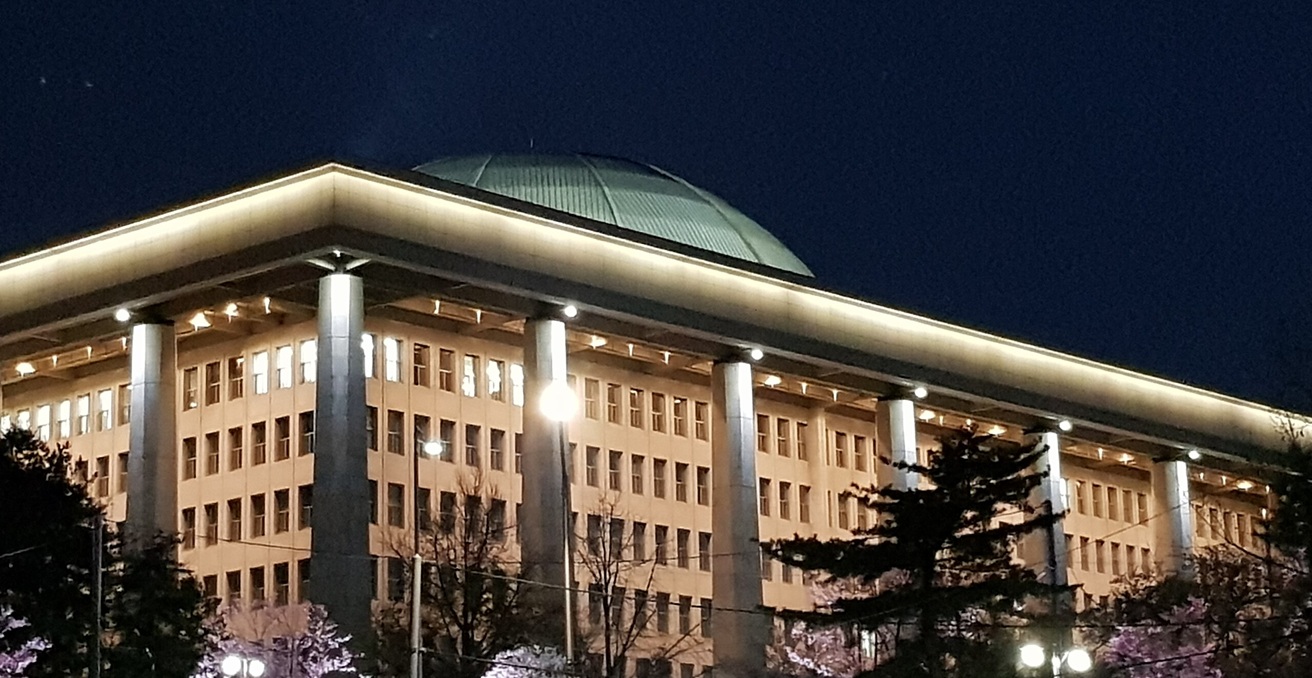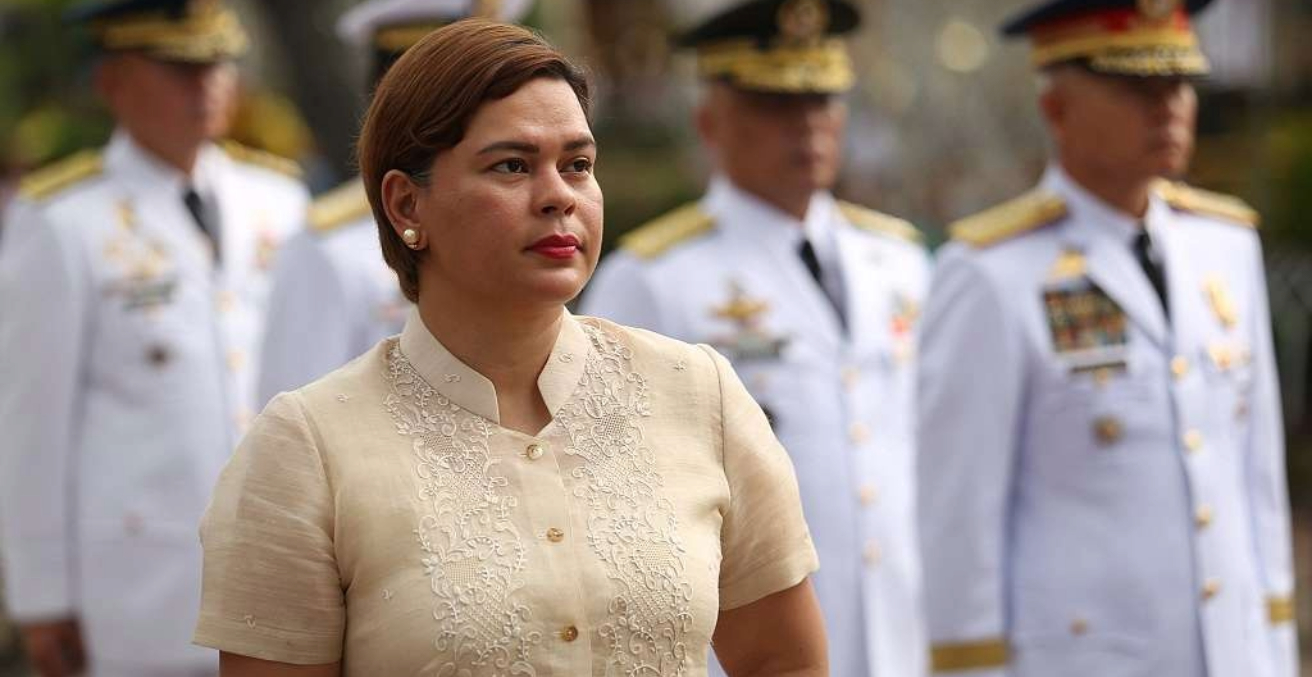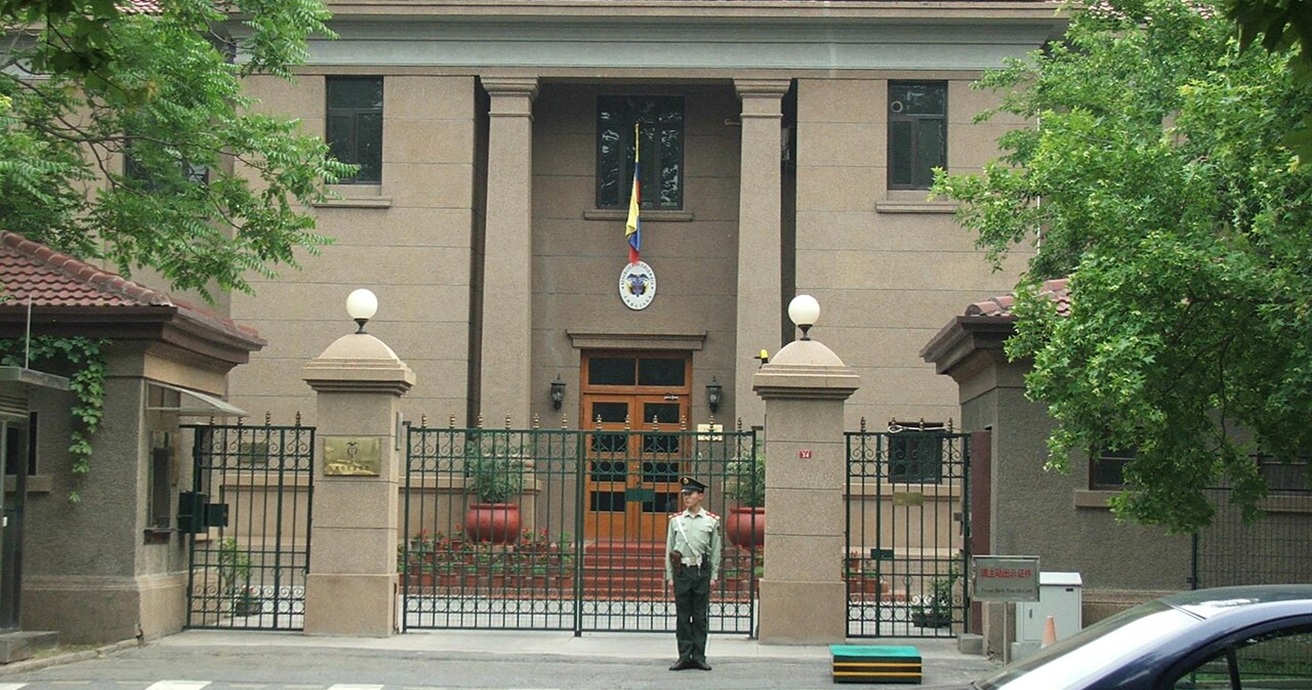The metropolis of Karachi is known as “Mini Pakistan,” with people from every part of the country uniting in a sharing of unique languages, cultures, cuisines, and customs. It is also a city with many problems, from water crises to electricity outages, and a population explosion that contributes to burgeoning crime.
Karachi is the economic centre of Pakistan, with huge textile, financial, and manufacturing sectors. It is the seat of Pakistan’s economic elite, with 90 percent of the headquarters of Pakistani banks, financial institutions, and multinational corporations residing there. In the same space, about 70 percent of Karachi’s residents are impoverished, with half of the population living in illegal, temporary shanties known as katchi abadis. These people have limited access to electricity, water, and sewage.
The city is no stranger to the peril of anarchy given its turbulent criminal past. The underbelly of Karachi is fraught with numerous anti-social and criminal activities. The city has recently had to deal with an increase in street crime, burglaries, narcotic related offenses, run-ins with law enforcers, and targeted killings. In this city, street criminals function with complete impunity, preying on people in broad daylight near banks, traffic intersections, and in busy marketplaces. The Citizens-Police Liaison Committee reported in April that as many as 22,627 crimes were reported in the first three months of 2024. During those 91 days, 59 people lost their lives resisting robberies, while over 700 people sustained injuries. Moreover, 373 cars, 15,968 motorbikes, and 6,102 mobile phones were snatched or stolen during the first three months of 2024.
While some crime control measures have been reported—such as the revival of the Shaheen Force, an upgraded Madadgar-15 helpline, e-tagging of repeat offenders, and the implementation of the Sindh Smart Surveillance System—the response has been reactive rather than positive. Remarks by Sindh provincial home minister, Ziaul Hasan Lanjar, made in April this year that crime “is a matter of daily life” has underscored the halfhearted approach of the local government to crime prevention. Further statements that the law-and-order situation in Karachi has been exaggerated by the local media has raised fears that the provincial government remains apathetic to the crisis at hand.
Nevertheless, President Asif Ali Zardari directed Sindh Provincial Chief Minister Murad Ali Shah to launch a campaign against street criminals, drug traffickers, and bandits in Karachi, as well as the riverine areas of upper Sindh and southern Punjab. He also recognised that the provincial government’s shallow efforts require a more comprehensive strategy. In the backdrop of increasing crime, Karachi Chamber of Commerce & Industry Acting President Altaf A. Ghaffar has also appealled to the Sindh chief minister to launch operations against criminal gangs. He said that there was a time when the gangs had confined themselves to the katcha (riverine) areas, but now they were operating on highways, challenging the writ of the state.
The factors contributing to such a steep surge in criminal activities are well documented; economic hardship, soaring inflation, and few employment opportunities have made survival next to impossible for far too many people. The tough economic conditions are exacerbated by a lack of effective policing. The law enforcement apparatus in the city is plagued by corruption, basic incompetence, poor training, and a lack of adequate resources and manpower, altogether making tackling crime a challenging endeavour.
The recent history of violence in Karachi clearly indicates that the city is quickly falling victim to the temptations of “power and influence” on the part of political players. Between 2022 and 2024, more than 250 people were killed and over 1,000 injured in street crime. Meanwhile, incidents of muggings are indiscriminate. From call-centre and night shift workers, domestic help, students and vendors to clerics and shopkeepers, the threat has spared few.
Ethnic factors are deeply entrenched in Karachi’s ongoing criminal and political violence. Pashtuns, who constitute 20-25 percent of Karachi’s population and have been long marginalised in politics, are now asserting themselves, with political activism beginning to erupt into violence. Protests have led to strong state responses, and many have blamed the Pashtuns for much of the problem. The flocking of suspected terrorists from tribal areas due to ongoing military operations in the border regions has further complicated the situation. Bengali, Burmese, and Siraiki criminal gangs are also operating in target areas of Korangi, Mehmoodabad, Zaman Town, Baloch Colony, Landhi, and amid the Defence Housing Authority.
Narco crime is also a commonplace activity in the city. Drug related criminal activities in Karachi started with the Afghan war in 1979 with refugees streaming in from the other side of the border. The impact of the Afghan drug trade was multifaceted. As Karachi became a transit point in the international drug trade, local crime groups became connected to it. This immediately affected crime groups in Lyari, one of the oldest neighbourhoods of Karachi. Another neighbourhood of Karachi, Sohrab Goth, mostly inhabited by Pashtuns, became well known for the presence of drug smugglers.
Sectarian violence between Shias and Sunnis is also ruining the city from within. The Counter-Terrorism Department recently found that from September 2023 to February 2024, in addition to street crime, there were nearly 17 sectarian targeted killings in Karachi. Forensic investigations revealled that terrorists from the banned organisation Zainabiyoun were involved.
Like the marked zones of narco smugglers, as discussed above, the city is also divided into Shia-Sunni neighbourhoods. Diverse belief systems have converged violently, with brutal sectarian rioting and disruption often occurring. In terms of sectarian divide, Karachi’s population is comprised of Sunnis following Hanafi jurisprudence; Shias following Ithnā’Ashariyyah jurisprudence; Shias following Ismaili Jurisprudence, including Dawoodi Bohras, Mustaali and Nizari/Agha Khani; and Shias following Sulemai jurisprudence. Shia-dominated areas of Malir, Rizvia Society, Ancholi, Numaish, and Jafar-e-Tayyar Housing Society are where law enforcers expect a violent response if and when a Shia is killed anywhere in the city. Sunni sectarian groups have strong-holds in areas such as Tawheed Chowk, Banaras, Nagan Chowrangi, Quaidabad, and Patel Para.
Pakistan’s economic stability and advancement depend on addressing the rising crime rate in addition to the welfare of the city’s citizens. Authorities in Karachi must take a wide-ranging and multilayered approach to addressing violence and crime. In addition to tackling the economy and changing law enforcement procedures, this entails promoting community participation, mending public-police trust, and analysing the underlying socio-economic causes of criminal behaviour.
Dr Sanchita Bhattacharya is Research Fellow in New Delhi based Institute for Conflict Management. She has co-authored the book “The Taliban Misrule in Afghanistan: Suicide Brigades, the IS-K Military Strength and its Suicide Vehicle Industry,” along with Musa Khan Jalalzai. She works on terrorism and socio-political issues of Pakistan.
This article is published under a Creative Commons Licence and may be republished with attribution.




